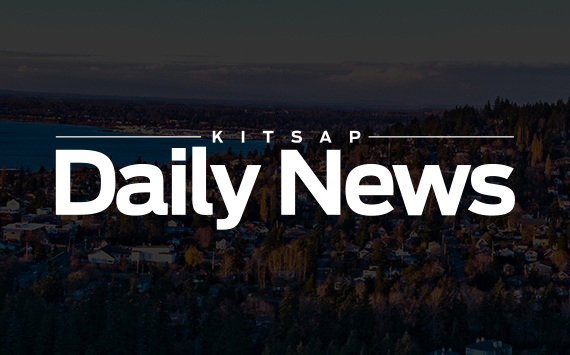By PAUL BALCERAK
Staff writer
Ed and Louise Lewis have a couple of simple hopes for their property on Minnig Road near the west fork of Stavis Creek: they want legal access to it and they want to be able to get clean and efficient electricity. That may be easier said than done, however, as the Washington State Department of Natural Resources (DNR) continues to buy up land around their home to contribute to the Stavis Natural Resource Conservation Area.
“Our concern is legal access to what we’ve invested everything in,” Louise said at Tuesday’s meeting hosted by DNR at Green Mountain Elementary School.
The Lewises aren’t the only homeowners whose land falls within the boundaries of the proposed area and they certainly aren’t the only ones concerned about land access and a host of other issues.
About 100 people were on hand for the meeting, which served as a public forum and a prelude to DNR’s attempt to write up a management plan for the area. To the chagrin of many in attendance, the meeting was more about DNR listening to questions and less about them providing answers.
“Tonight is an information gathering process to find out what you want to do,” said John Kliem, a workshop and meeting facilitator the DNR contracted to run the meeting.
There were plenty of ideas about what to do.
Landowners’ raised concerns and ideas about everything from environmental education to public mistrust of DNR.
Land access was arguably the biggest sticking point for most at the meeting, however.
DNR designated the 3,700-acre area in 2004 to protect what they call the “highest quality Douglas fir and western hemlock plant community known to exist.”
The area also protects Stavis Creek, one of a few “semi-pristine” streams around Puget Sound and a key habitat for salmon.
DNR currently owns about 1,870 acres in the area and has been progressively buying up private lands from willing sellers. As they’ve done so, a checkerboard pattern of land ownership has emerged.
One of the most problematic areas is Minnig Road, which crosses both DNR land and private parcels, meaning no one person or agency owns the entire road and responsibility for maintenance and construction is shared.
Or contended.
For the Lewises to get underground lines running to their house, for example, they’d need approval from DNR to dig on DNR-owned land — approval they say DNR hasn’t given them. In the meantime, the couple has been running a gas-powered generator to power their home.
“If they’re so hip on keeping the air and environment clean, why not let us run the (power) lines underground so we’re not polluting the air with our generator?” Louise Lewis questioned.
DNR officials at the meeting said they’ve been meeting with homeowners individually to determine how to solve this and many other dilemmas. Everyone involved is navigating uncharted waters, however.
“This is very unique; we don’t have (another) conservation area with people living in the middle of it,” said Doug McLelland, DNR assistant regional manager for the South Puget Sound.
Many left the meeting on positive notes, but a palpable feeling of trepidation hung in the crowd.
“I thought it was a good way to get it organized, but people left with no answers and not feeling any better than when they came here,” Minnig Road resident Sheila Cunningham said.
Prior to the conclusion of the meeting, Cunningham had pressed DNR officials on a timeline for drafting a management plan and involving the public: “Is this process six months or six years? Are we ever gonna hear from you again? Seriously.”
DNR is expecting to meet with various “stakeholders” in the area during the next six months and develop a draft of the management plan within the next year. The soonest a draft would be presented to the public would be in about a year-and-a-half; that’s also the only other public meeting DNR has planned.


